Most Native American places in North Carolina research summary. We used Saturday Night Science to research the North Carolina cities with the highest percentage of Native American residents for 2024. The data comes from the American Community Survey 2018-2022 vintage, which breaks down race by origin.
-
The city with the highest percentage of Native Americans is Lumberton. 12.73% of people in Lumberton are Native Americans.
-
The city with the lowest percentage of Native Americans is Belmont. 0.00% of people in Belmont are Native American.
-
The city with the most Native Americans is Lumberton. 2,431 people in Lumberton are Native American.
-
The city with the fewest Native Americans is Belmont. 0 people in Belmont are Native American.
-
The United States has 1,826,286 Native Americans and is 0.55% Native American.
Table Of Contents: Top Ten | Methodology | Summary | Table
The 10 Cities In North Carolina With The Largest Native American Population For 2024
Which city in North Carolina had the largest Native American population? The place with the largest Native American population in North Carolina for 2024 is Lumberton. 12.73 of Lumberton identify as Native American.
To see where North Carolina ranked as a state on diversity, we have a ranking of the most diverse states in America.
And if you already knew these places were Native American, check out the best places to live in North Carolina or the most diverse places in North Carolina.
Read below to see how we crunched the numbers and how your town ranked.
Cities In North Carolina With The Largest Native American Population For 2024
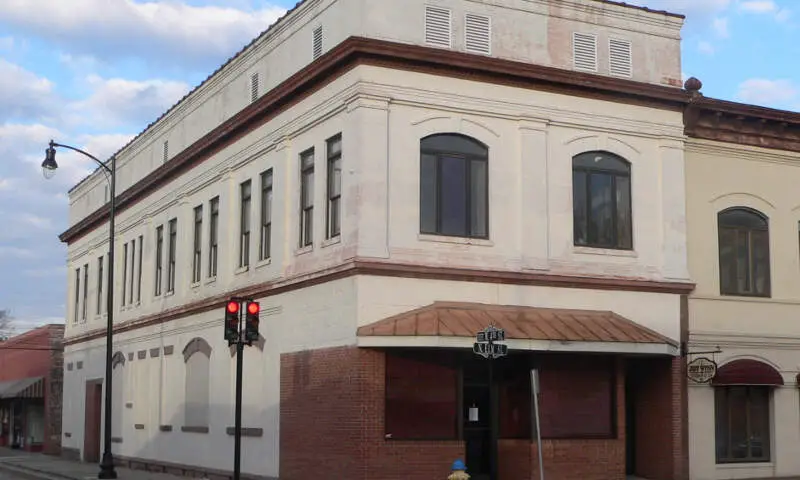
/10
Population: 19,099
# Of Native American Residents: 2,431
% Native American: 12.73%
More on Lumberton: Data | Crime | Cost Of Living | Real Estate
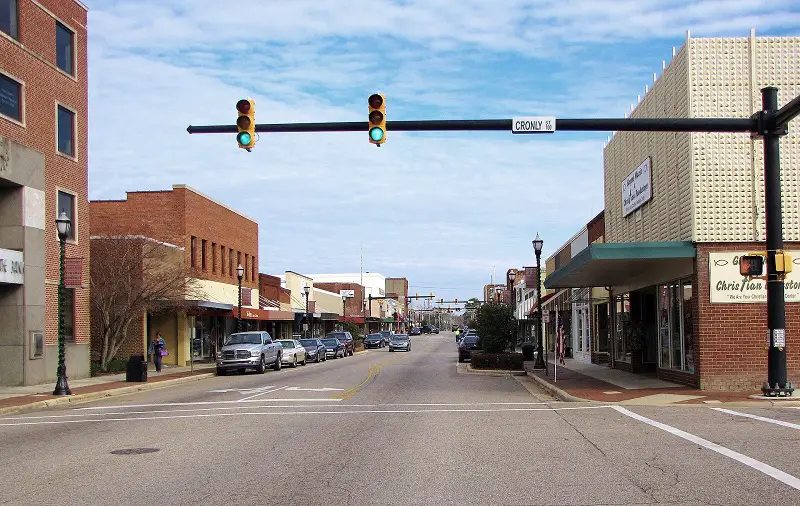
/10
Population: 14,971
# Of Native American Residents: 1,056
% Native American: 7.05%
More on Laurinburg: Data | Crime | Cost Of Living | Real Estate
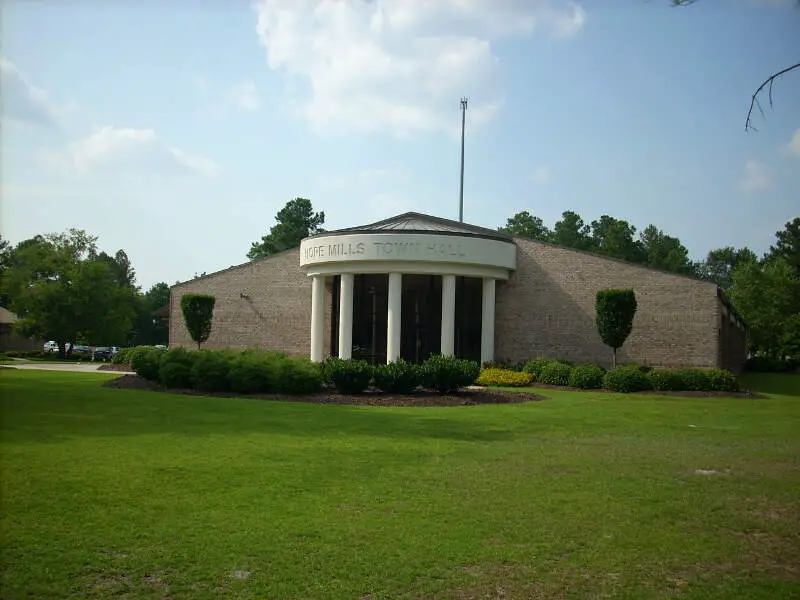
/10
Population: 17,671
# Of Native American Residents: 315
% Native American: 1.78%
More on Hope Mills: Data | Crime | Cost Of Living | Real Estate
/10
Population: 7,100
# Of Native American Residents: 112
% Native American: 1.58%
More on Mills River: Data | Cost Of Living | Real Estate
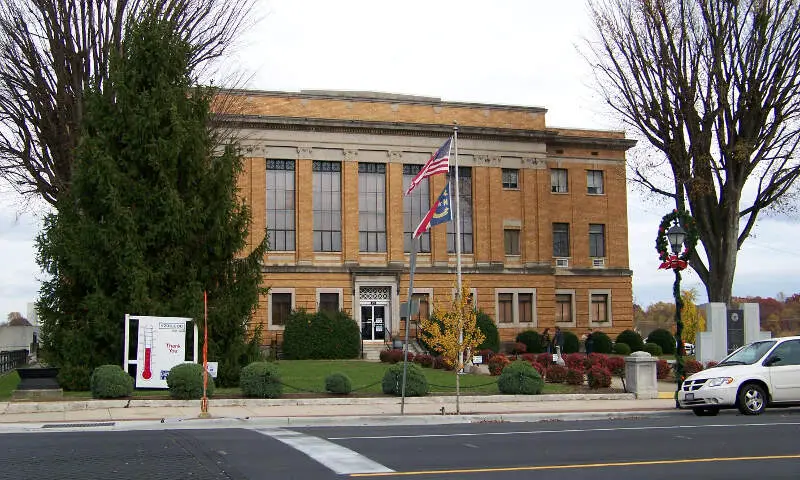
/10
Population: 7,652
# Of Native American Residents: 112
% Native American: 1.46%
More on Marion: Data | Crime | Cost Of Living | Real Estate
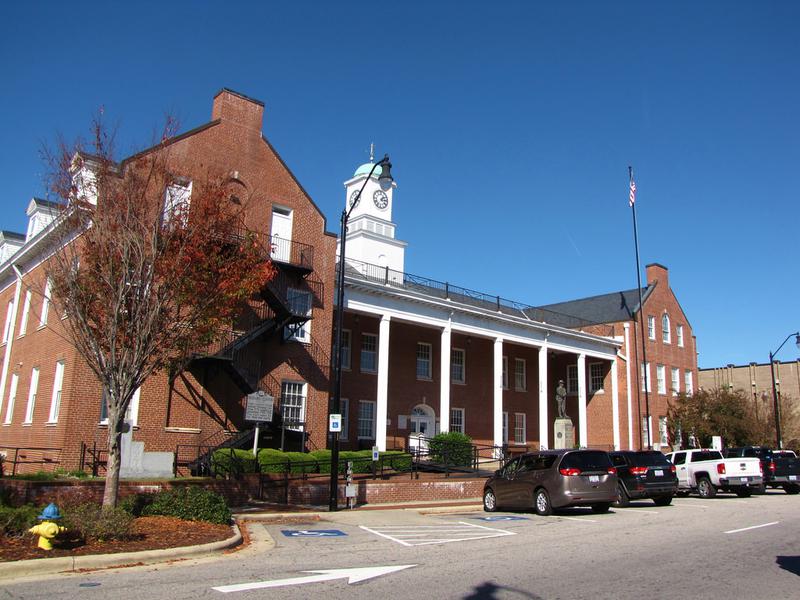
/10
Population: 8,362
# Of Native American Residents: 121
% Native American: 1.45%
More on Clinton: Data | Crime | Cost Of Living | Real Estate
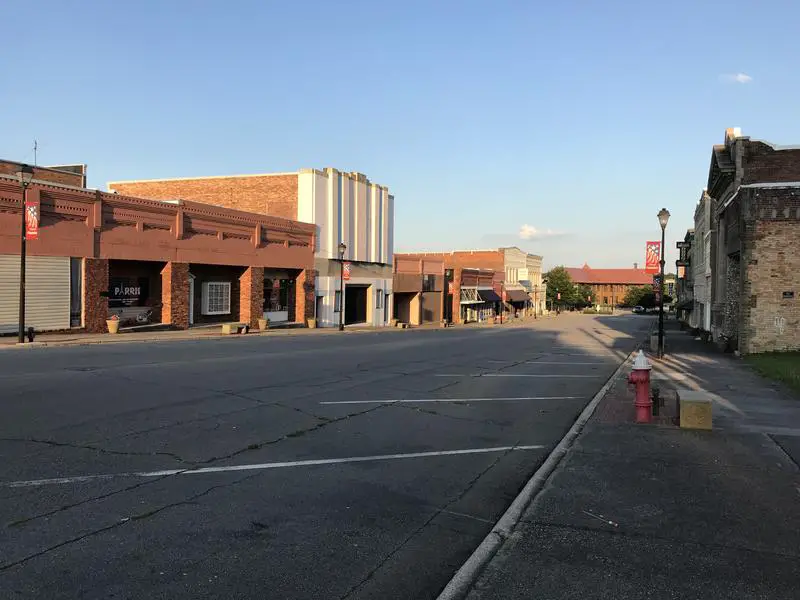
/10
Population: 6,043
# Of Native American Residents: 65
% Native American: 1.08%
More on Hamlet: Data | Cost Of Living | Real Estate
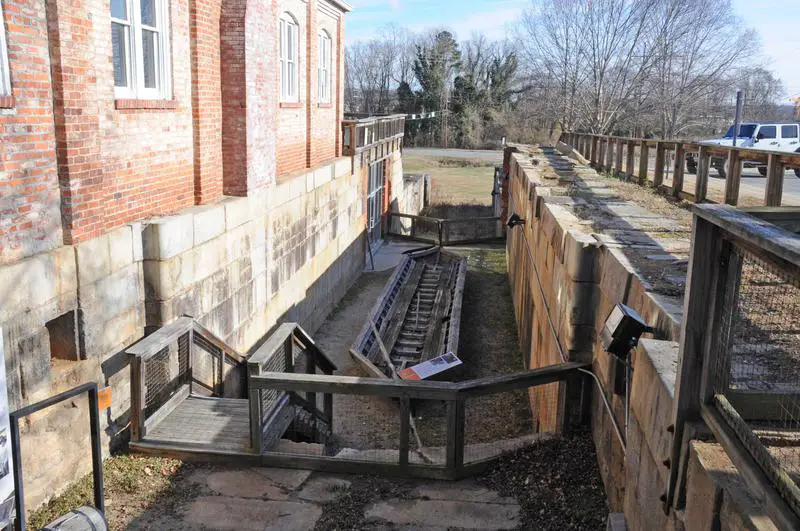
/10
Population: 15,143
# Of Native American Residents: 139
% Native American: 0.92%
More on Roanoke Rapids: Data | Crime | Cost Of Living | Real Estate
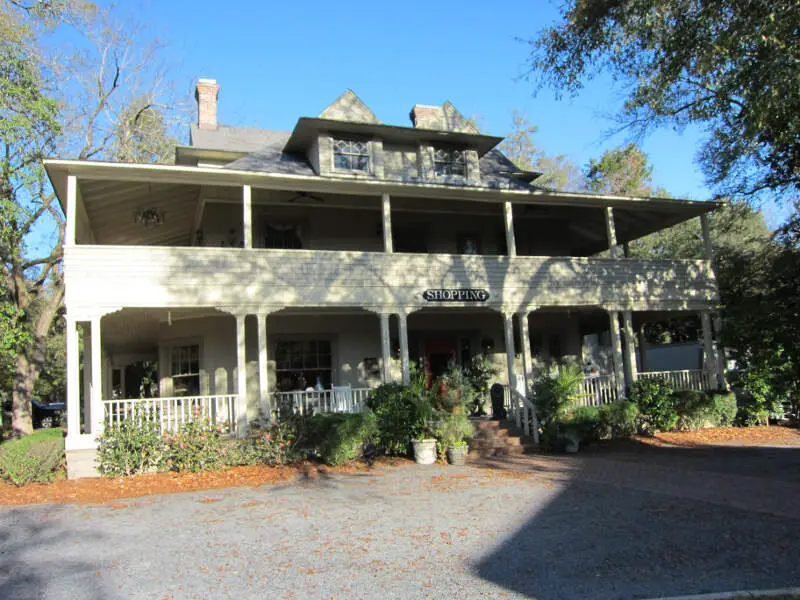
/10
Population: 17,653
# Of Native American Residents: 155
% Native American: 0.88%
More on Pinehurst: Data | Crime | Cost Of Living | Real Estate
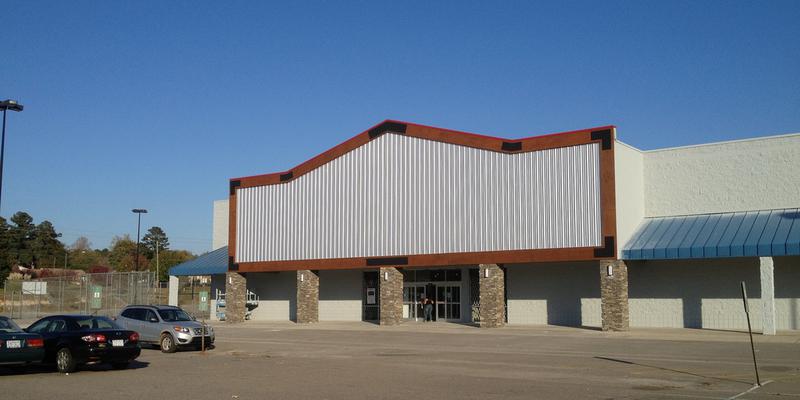
/10
Population: 9,174
# Of Native American Residents: 72
% Native American: 0.78%
More on Rockingham: Data | Crime | Cost Of Living | Real Estate
Methodology: How We Determined The Cities In North Carolina With The Largest Native American Population For 2024
We still believe in the accuracy of data — especially from the Census. So that’s where we went to get the race breakdown across North Carolina.
We used Saturday Night Science to analyze the Census’s most recently available data, the 2018-2022 American Community Survey data.
Specifically, we looked at table B03002: Hispanic OR LATINO ORIGIN BY RACE. Here are the category names as defined by the Census:
- Hispanic or Latino
- White alone*
- Black or African American alone*
- American Indian and Alaska Native alone*
- Asian alone*
- Native Hawaiian and Other Pacific Islander alone*
- Some other race alone*
- Two or more races*
Our particular column of interest here was the number of people identifying as American Indian and Alaska Native alone.
We limited our analysis to places with a population greater than 5,000 people. That left us with 125 cities.
We then calculated the percentage of residents that are American Indian and Alaska Native. The percentages ranked from 12.73 to 0.00.
Finally, we ranked each city based on the percentage of the American Indian and Alaska Native population, with a higher score being more American Indian and Alaska Native than a lower score. Lumberton took the distinction of being the most American Indian and Alaska Native, while Belmont was the least Native American city.
We updated this article for 2024. This article is our tenth time ranking the cities in North Carolina with the largest Native American population.
Summary: Native American Populations Across North Carolina
If you’re looking for a breakdown of Native American populations across North Carolina according to the most recent data, this is an accurate list.
The most Native American cities in North Carolina are Lumberton, Laurinburg, Hope Mills, Mills River, Marion, Clinton, Hamlet, Roanoke Rapids, Pinehurst, and Rockingham.
If you’re curious enough, here are the least Native American places in North Carolina:
- Belmont
- Siler City
- Selma
For more North Carolina reading, check out:
- Richest Cities In North Carolina
- Cheapest Places To Live In North Carolina
- Best Places To Buy A House In North Carolina
Most Native American Places In North Carolina
| Rank | City | Population | Native American Population | % Native American |
|---|---|---|---|---|
| 1 | Lumberton | 19,099 | 2,431 | 12.73% |
| 2 | Laurinburg | 14,971 | 1,056 | 7.05% |
| 3 | Hope Mills | 17,671 | 315 | 1.78% |
| 4 | Mills River | 7,100 | 112 | 1.58% |
| 5 | Marion | 7,652 | 112 | 1.46% |
| 6 | Clinton | 8,362 | 121 | 1.45% |
| 7 | Hamlet | 6,043 | 65 | 1.08% |
| 8 | Roanoke Rapids | 15,143 | 139 | 0.92% |
| 9 | Pinehurst | 17,653 | 155 | 0.88% |
| 10 | Rockingham | 9,174 | 72 | 0.78% |
| 11 | Fayetteville | 208,697 | 1,619 | 0.78% |
| 12 | Jacksonville | 71,908 | 424 | 0.59% |
| 13 | Carrboro | 21,242 | 107 | 0.5% |
| 14 | Aberdeen | 8,674 | 39 | 0.45% |
| 15 | Brevard | 7,777 | 32 | 0.41% |
| 16 | Spring Lake | 11,710 | 46 | 0.39% |
| 17 | Kernersville | 27,177 | 105 | 0.39% |
| 18 | Hendersonville | 15,102 | 57 | 0.38% |
| 19 | Garner | 31,684 | 118 | 0.37% |
| 20 | Chapel Hill | 58,919 | 213 | 0.36% |
| 21 | New Bern | 31,373 | 112 | 0.36% |
| 22 | Rocky Mount | 54,260 | 188 | 0.35% |
| 23 | High Point | 114,120 | 385 | 0.34% |
| 24 | Lewisville | 13,509 | 44 | 0.33% |
| 25 | Statesville | 28,576 | 93 | 0.33% |
| 26 | Mount Airy | 10,621 | 33 | 0.31% |
| 27 | Monroe | 34,897 | 106 | 0.3% |
| 28 | Hillsborough | 9,534 | 28 | 0.29% |
| 29 | Oxford | 8,685 | 25 | 0.29% |
| 30 | Butner | 8,374 | 24 | 0.29% |
| 31 | Greensboro | 297,202 | 844 | 0.28% |
| 32 | Clemmons | 21,281 | 60 | 0.28% |
| 33 | Carolina Beach | 6,583 | 18 | 0.27% |
| 34 | Boone | 19,368 | 52 | 0.27% |
| 35 | Salisbury | 35,437 | 93 | 0.26% |
| 36 | Wadesboro | 5,004 | 12 | 0.24% |
| 37 | Graham | 17,136 | 40 | 0.23% |
| 38 | Asheville | 93,695 | 218 | 0.23% |
| 39 | Havelock | 16,759 | 38 | 0.23% |
| 40 | Durham | 284,094 | 633 | 0.22% |
| 41 | Black Mountain | 8,430 | 18 | 0.21% |
| 42 | Dunn | 8,549 | 18 | 0.21% |
| 43 | Southern Pines | 15,701 | 33 | 0.21% |
| 44 | Elizabeth City | 18,570 | 38 | 0.2% |
| 45 | Wilmington | 116,933 | 234 | 0.2% |
| 46 | Henderson | 14,997 | 30 | 0.2% |
| 47 | Gastonia | 80,615 | 160 | 0.2% |
| 48 | Sanford | 30,373 | 60 | 0.2% |
| 49 | Raleigh | 465,517 | 873 | 0.19% |
| 50 | Charlotte | 875,045 | 1,575 | 0.18% |
| 51 | Woodfin | 7,901 | 14 | 0.18% |
| 52 | Indian Trail | 40,325 | 71 | 0.18% |
| 53 | Leland | 24,473 | 42 | 0.17% |
| 54 | Thomasville | 27,130 | 45 | 0.17% |
| 55 | Apex | 65,541 | 106 | 0.16% |
| 56 | Matthews | 29,613 | 45 | 0.15% |
| 57 | Fuquay-Varina | 35,428 | 53 | 0.15% |
| 58 | Goldsboro | 33,566 | 49 | 0.15% |
| 59 | Stallings | 16,193 | 22 | 0.14% |
| 60 | Waynesville | 10,307 | 14 | 0.14% |
| 61 | Archdale | 11,873 | 16 | 0.13% |
| 62 | Greenville | 87,894 | 118 | 0.13% |
| 63 | Pineville | 10,532 | 14 | 0.13% |
| 64 | Holly Springs | 42,023 | 55 | 0.13% |
| 65 | Cary | 174,880 | 226 | 0.13% |
| 66 | Lexington | 19,595 | 25 | 0.13% |
| 67 | Wilson | 47,767 | 59 | 0.12% |
| 68 | Washington | 9,759 | 12 | 0.12% |
| 69 | Winston-Salem | 249,571 | 292 | 0.12% |
| 70 | Kinston | 19,704 | 23 | 0.12% |
| 71 | Newton | 13,173 | 12 | 0.09% |
| 72 | Smithfield | 11,527 | 10 | 0.09% |
| 73 | Lenoir | 18,301 | 15 | 0.08% |
| 74 | Oak Island | 8,564 | 7 | 0.08% |
| 75 | Morganton | 17,457 | 14 | 0.08% |
| 76 | Wake Forest | 48,047 | 38 | 0.08% |
| 77 | Shelby | 21,712 | 17 | 0.08% |
| 78 | Winterville | 10,510 | 8 | 0.08% |
| 79 | Reidsville | 14,526 | 11 | 0.08% |
| 80 | Burlington | 56,951 | 42 | 0.07% |
| 81 | Eden | 15,349 | 11 | 0.07% |
| 82 | Trinity | 7,012 | 5 | 0.07% |
| 83 | Asheboro | 27,117 | 19 | 0.07% |
| 84 | Oak Ridge | 7,637 | 5 | 0.07% |
| 85 | Morehead City | 9,632 | 6 | 0.06% |
| 86 | Mebane | 17,899 | 11 | 0.06% |
| 87 | Waxhaw | 20,665 | 12 | 0.06% |
| 88 | Mint Hill | 26,537 | 15 | 0.06% |
| 89 | Morrisville | 29,756 | 14 | 0.05% |
| 90 | Gibsonville | 8,827 | 4 | 0.05% |
| 91 | Huntersville | 61,202 | 23 | 0.04% |
| 92 | Mooresville | 50,025 | 18 | 0.04% |
| 93 | Wesley Chapel | 8,763 | 3 | 0.03% |
| 94 | Mount Holly | 17,644 | 6 | 0.03% |
| 95 | Concord | 105,335 | 25 | 0.02% |
| 96 | Harrisburg | 18,934 | 4 | 0.02% |
| 97 | Hickory | 43,352 | 4 | 0.01% |
| 98 | Weddington | 13,173 | 0 | 0.0% |
| 99 | Summerfield | 10,986 | 0 | 0.0% |
| 100 | Cherryville | 6,113 | 0 | 0.0% |
